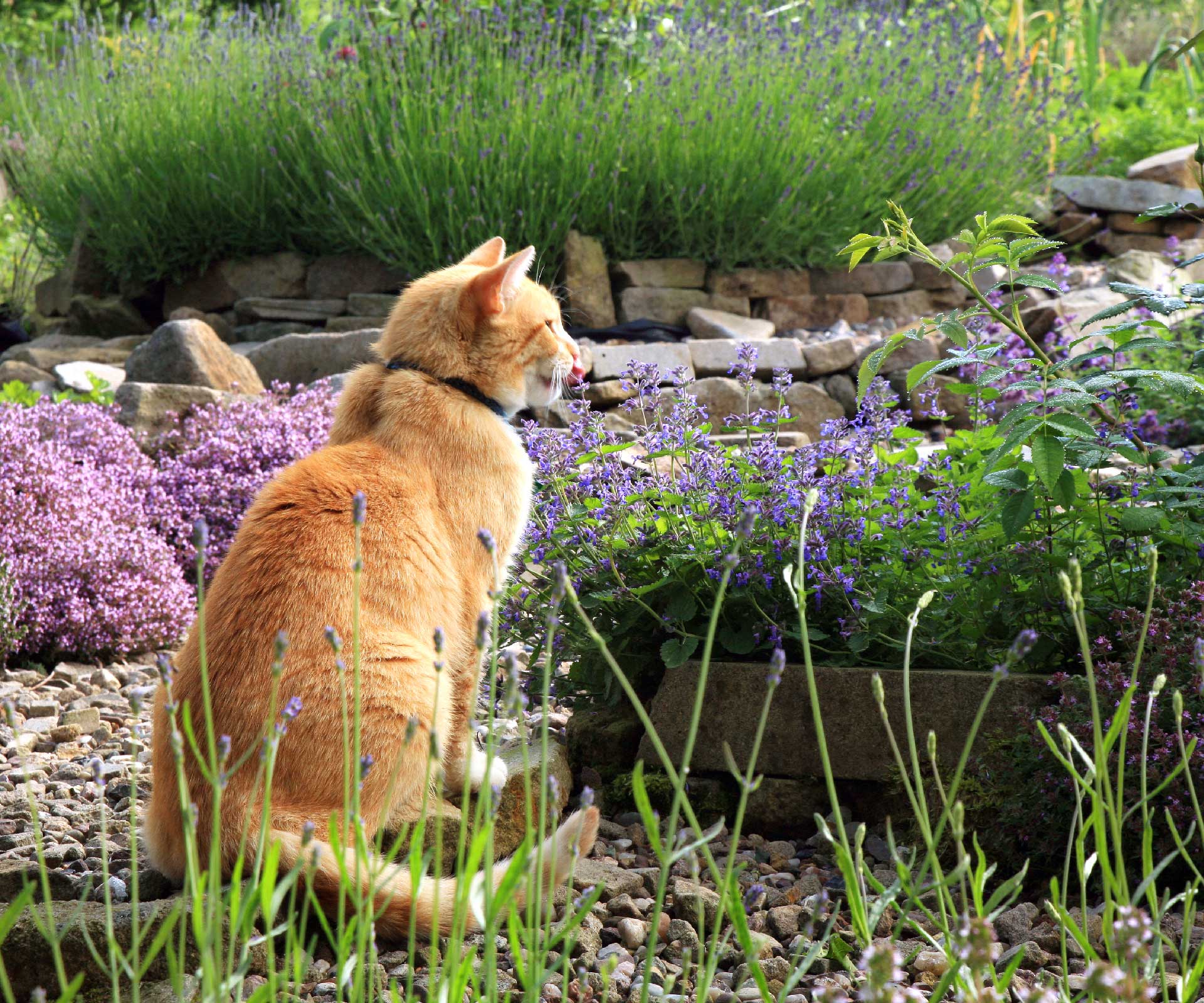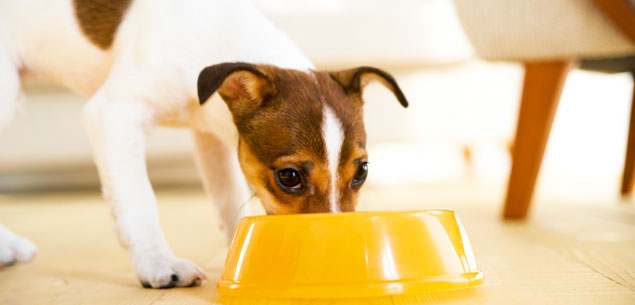There’s an election coming up soon-ish and if Gareth Morgan has his way, cats will be under lock and key – not that locks and keys have ever stopped a cat. They’re free-spirited creatures and the minute you put up a barrier, they’re on a mission to cross it.
A cat establishes its home base where it eats, sleeps, mates and hunts. Its territory radiates from the home base and the size of the territory usually relates to the availability of food.
If there’s plenty of tucker on offer, it doesn’t need a big territory. Good news for cat lovers and gardeners, then.

Mulch your garden to keep weeds down, retain moisture and give your cat somewhere warm to sit.
Our cats have a two-acre territory available to them but there are, of course, areas where they never go. With the odd exception, they stay close to the food source and inhabit the same spaces, provided nobody messes with them.
Our grey cat used to spend all day in a cane chair just outside the kitchen door (in the fresh air but close enough to hear if the fridge should open) until I decided to make it more comfortable for him by adding a cushion. He never sat there again.
Then a few months ago, we re-designed and re-built the little garden along the front of our courtyard. I told the Partner it was to make it into a lower maintenance space, but the truth is, I wanted to create a shady summer hideout for the black cat. And she absolutely loved it, yes? Actually, no.
So if you’re going to create a cat-friendly garden, you have to play by their rules.

A water feature should have flat rocks to act as observation points and give easy access for drinking.
Fortunately, their needs are quite simple. They like grass – to eat and to lie on. They like shady spots to sleep in, and sunny spots. They like high places from where they can spy on potential prey, even when they have no intention of trying to catch it. They like moving water, as in a small pond rather than a raging torrent. And they like dirt to lie in so they can bring it inside in their fur and leave it on your cream sofa. Handy hint: they actually seem to prefer mulch to soil, which, happily, is easier to clean.
If you have a typical suburban garden, you’ll probably have lawn, but if you live in a townhouse or apartment with no lawn, you can easily create a grass area big enough for your cat.
Buy a large, shallow plastic tray, make drainage holes in the bottom, layer in soil and compost, and plant with instant turf. Ask for some on Facebook – people often have offcuts.
No, artificial turf will not do as most cats loathe synthetic materials and would rather walk over hot coals than nylon. If all else fails, plant your tray with grass seed – consult with the cat over which variety will suit.
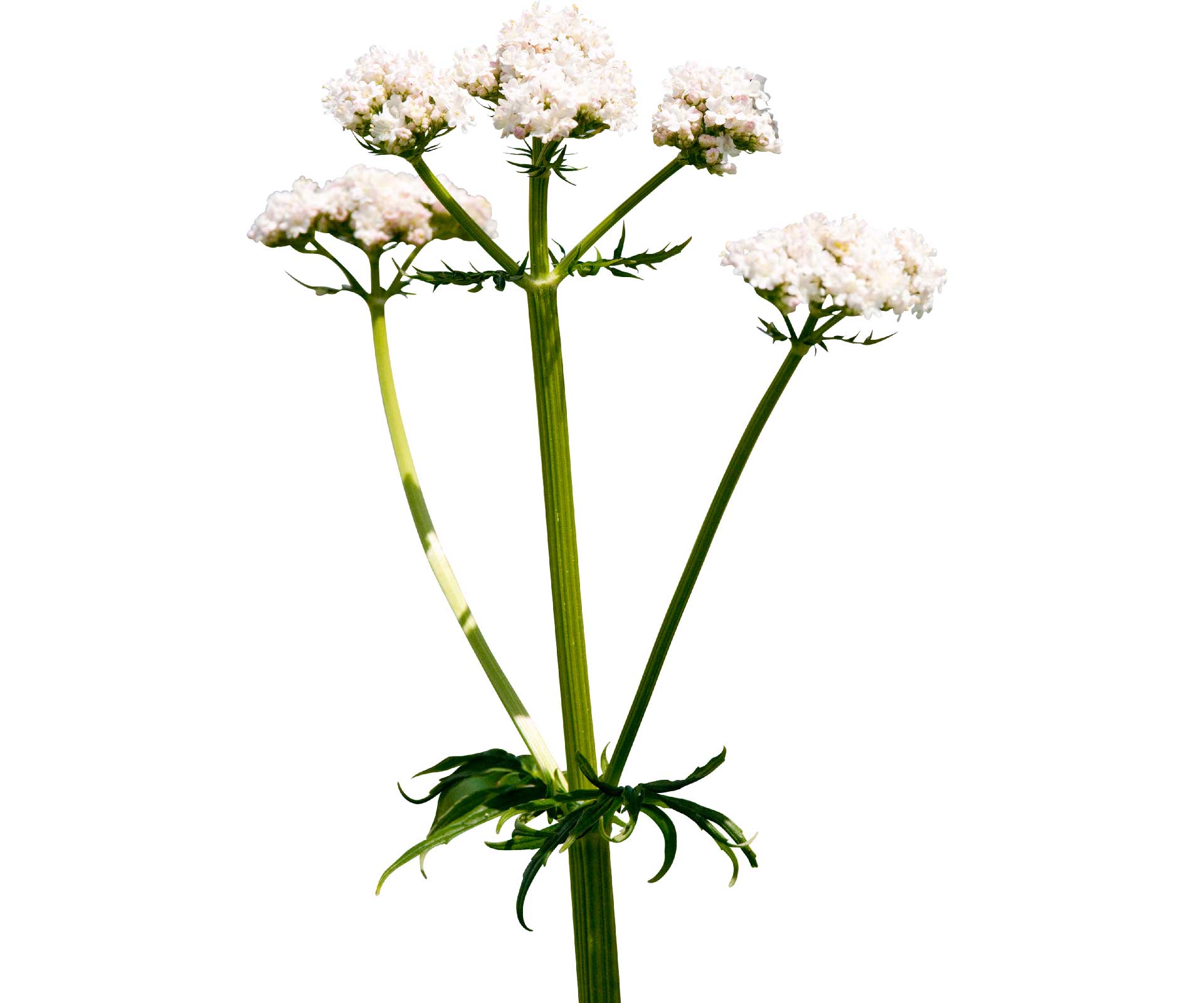
Cats are attracted to the fragrant flowers and jagged leaves of the Valerian plant.
If you have a suburban garden that has shrubs, garden beds and paving but no lawn, find half a wooden wine barrel or similar and plant grass in it. Place it in a secluded area beside a shrub and allow the cat to discover it. It’ll enhance your garden even if she never uses it.
My cats, despite having fresh drinking water delivered to their bowl every morning, prefer to drink out of disused pots, the fish pond, puddles and drains. But they do seem to like gently moving water and the water feature in the courtyard is a favourite.
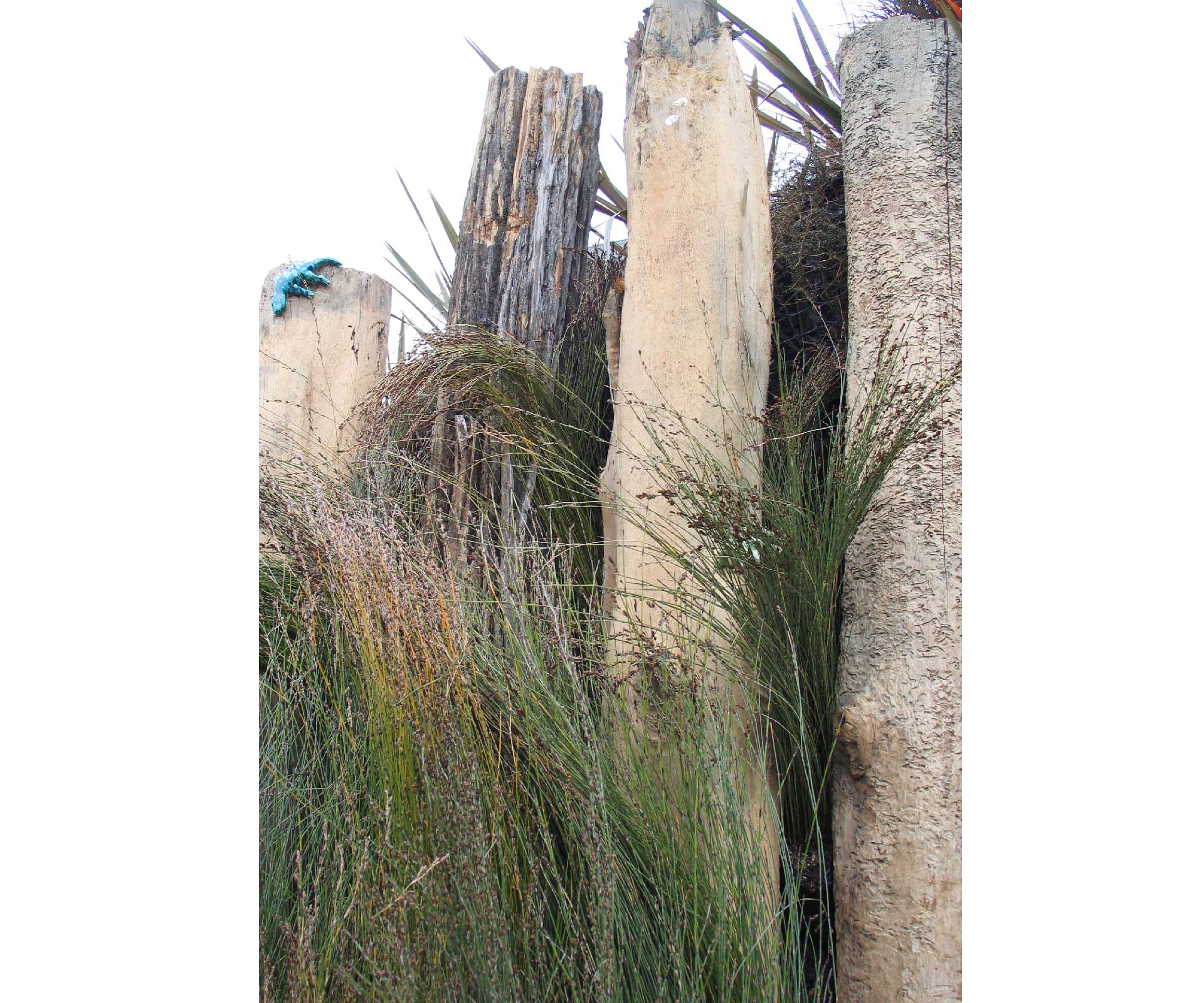
The perfect nail salon includes scratch posts with soft bark and flat tops where you can sit to dry your nails afterwards.
Scratching posts are a very sensible addition to a cat-friendly garden. Cats enjoy manicuring their nails and better they do it on a purpose-built, outdoor scratching post than freshly hung wallpaper or your leather couch.
The trend to timber posts for edging paths and paved areas was made-to-measure for cats, but make sure there are one or two that are tall enough for your felines to pull themselves up on.
They like nothing more than to do their nails, then climb up and sit neatly on top of the post.

Catnips of various types are known for their ability to get cats high.
What to plant
Cats have very definite ideas about what should be planted in the garden. They like soft, springy things that wave gently in the wind, such as lomandra grasses which are perfect for lying under and for patting.
Cats have an extraordinary ability to pat, grab, cuff, tap and snatch things, and their front paws show a versatility unique to felines.
They have 200 million odour-sensitive cells in their nose, compared to our five million, but fragrant plants do not engage them as they do us. The scent of another cat is far more interesting than a jasmine.
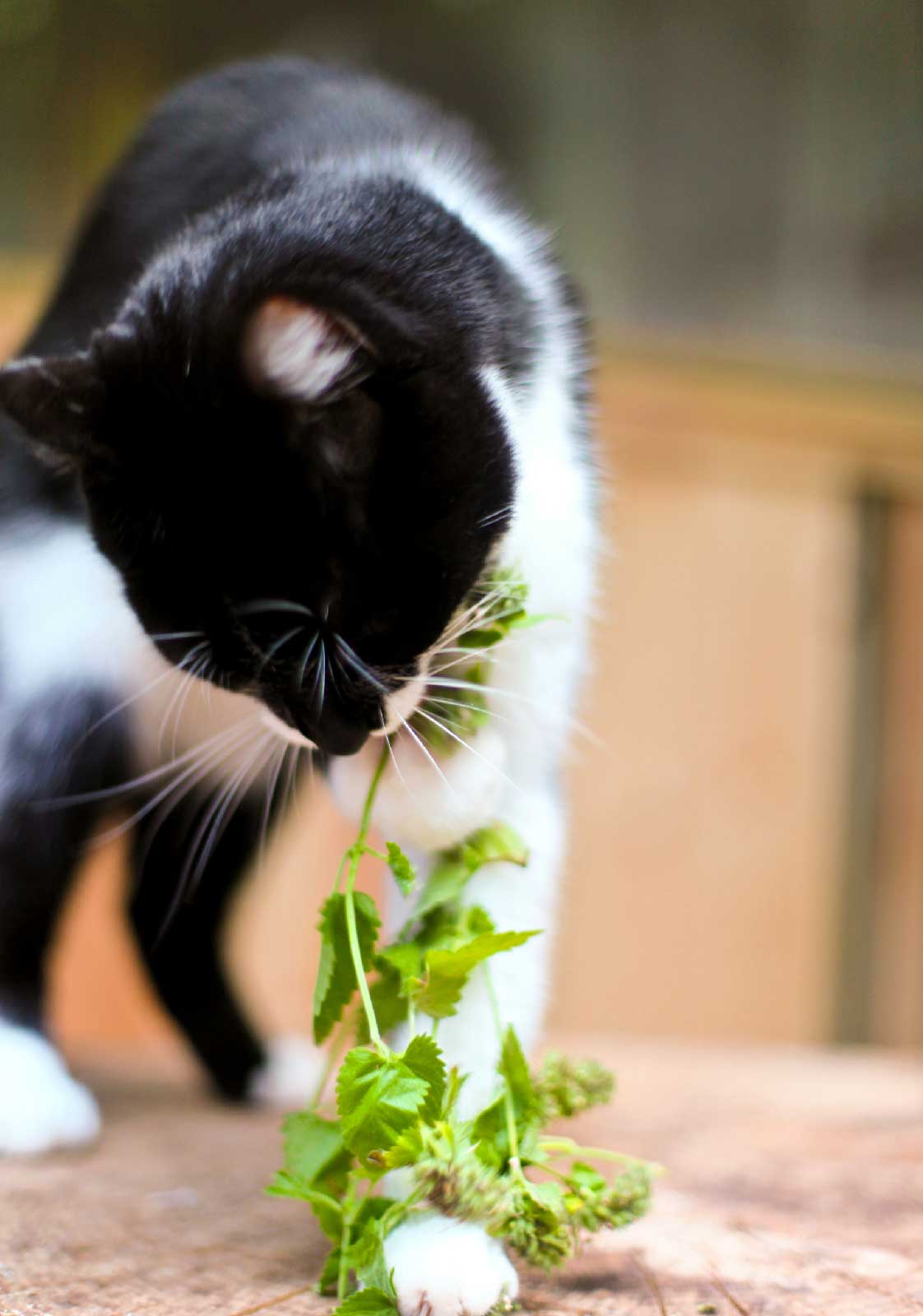
But their absolute favourite is catnip (Nepeta cataria), which is well known for its ability to get cats high. It has typically green/grey-coloured, heart-shaped leaves with scalloped edges, so it’s really no hardship to add a few clumps to your garden.
Planted in full sun in well-drained soil, it’ll grow to around 30 centimetres tall and produce tiny lavender flowers in early summer. Persian catmint (Nepeta mussinii) seems to have a similar effect, but as with Nepeta cataria, not all cats get a buzz.
You could also try planting valerian to entertain your cats. Most find the root a stimulant and the plant is a pretty thing with tiny, fragrant flowers and jagged leaves.
